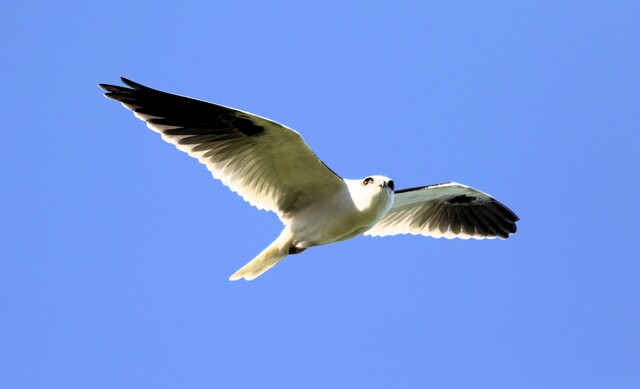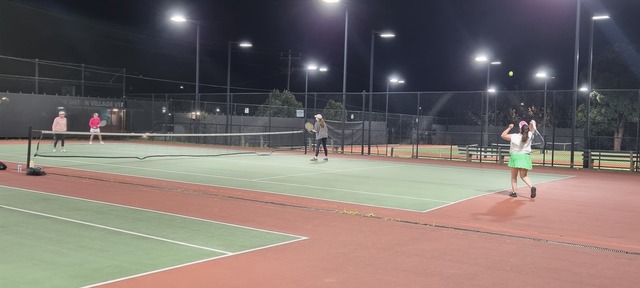On a very cool, clear morning I went to the farm in Wallington where I conduct a ‘birds on farms’ survey for Birdlife Australia.
I always love walking around the farm, especially when the weather is clear and still.
It was so quiet, I didn’t even spot the resident kangaroo. I did see half a dozen flame robins, as well as three cattle egrets, a few grey fantails and a swamp harrier, one brown falcon and one black-shouldered kite, which was lovely.
The weebills and striated pardalotes that are always in the yellow gum habitat on the farm are not there unfortunately, probably because there were a few noisy miners in the area.
I hope the noisy miners don’t move in permanently as I won’t see many other birds in the area if they do.
I also went to the Geelong Botanical Gardens to spot the pink robins and eastern spinebills.
I was also hoping to see the rose robin that was reported in the gardens. The pink robins and eastern spinebills were readily seen, and I walked around in circles trying to see a pink robin.
When I was about to leave, I heard an unusual bird call from the area near the fountain that is currently being repaired, and sure enough the rose robin found me.
What struck me was the very different calls comparing pink and rose robins, where the pink robins make a ‘clicking’ contact call, and rose robins have such a melodious song.
On the subject of robins, I have spotted quite a few flame robins around Leopold and Ocean Grove lately.
Apparently a brown gerygone has been seen at the Geelong Botanical Gardens which is an interesting sighting.
I received an email from Libby, who lives in Wallington. Libby informed me that she was very happy to count 30 red-rumped parrots feeding on her lawn one afternoon.
She hadn’t seen them in her garden for a while. Libby said that there was a mix of male and female birds, with the males keeping an eye on their partners. I was thinking that there must be a good supply of grass seed in Libby’s lawn to attract such a good number of parrots, and Libby informed me that the lawn is kikuyu, and it also attracts sparrows in large numbers of about 50 birds.
Libby told me that attracting birds is probably the only advantage of having a kikuyu lawn.
I received another email from Sean, who was driving past the big paddock opposite the Mitre 10 at Wallington and saw (apart from the usual kangaroos) an eagle eating something at ground level.
Sean was wondering if the eagle was a wedge-tailed eagle, and asked if this species does inhabit the Bellarine. I was able to reassure Sean that there are indeed wedgies on the Bellarine and it’s always great to see them.










